Home>Garden Essentials>What Are The Disadvantages Of Crop Rotation?
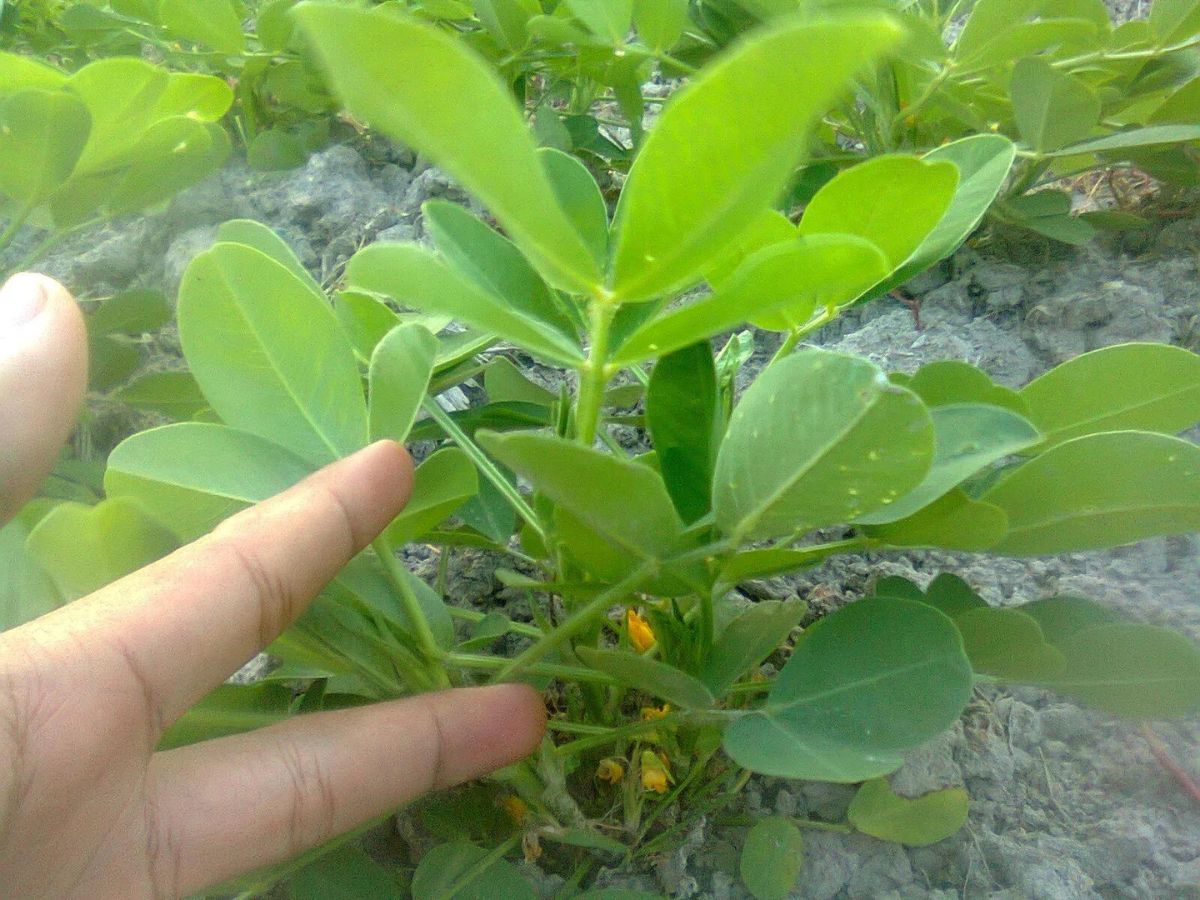

Garden Essentials
What Are The Disadvantages Of Crop Rotation?
Modified: March 15, 2024
Discover the potential drawbacks of crop rotation in your garden and learn how to overcome them. Find out more about the disadvantages of implementing this popular farming practice.
(Many of the links in this article redirect to a specific reviewed product. Your purchase of these products through affiliate links helps to generate commission for Storables.com, at no extra cost. Learn more)
Introduction
Crop rotation is a fundamental practice in farming and gardening that involves alternating the crops grown on a piece of land over a specified period of time. This technique has been used for centuries to promote soil health, manage pests, and increase crop yields. However, while crop rotation has numerous benefits, it is important to also consider the potential disadvantages that can arise from implementing this practice.
In this article, we will explore some of the disadvantages of crop rotation and discuss the potential challenges it can present to farmers and gardeners. By understanding these drawbacks, individuals can make informed decisions about whether or not to incorporate crop rotation into their farming or gardening practices.
It is worth noting that the disadvantages of crop rotation can vary depending on factors such as the specific crops being rotated, the soil conditions, and the management practices employed. Therefore, it is essential to consider these factors on a case-by-case basis.
Key Takeaways:
- Crop rotation can decrease the variety of crops grown, impacting nutrition and increasing vulnerability to pests. Careful planning and alternative rotations can help maintain diversity and address this challenge.
- While crop rotation can lead to increased weed pressure and labor, proactive management strategies and long-term benefits for soil health can help mitigate these disadvantages. Balancing the drawbacks with the advantages is key to successful implementation.
Read more: What Is Crop Rotation Strip Cropping
Decreased Crop Diversity
One of the potential disadvantages of crop rotation is the decreased diversity of crops that can be grown on a specific piece of land. Crop rotation typically involves growing a limited number of crops in a sequence, often rotating between two or three crops. This can result in a reduced variety of crops available for harvest.
While crop diversity may not be a concern for larger-scale commercial farms that focus on maximizing yields and profits, it can be a significant issue for small-scale farmers and gardeners who rely on a diverse range of crops for subsistence or local markets.
Having a limited variety of crops can also impact the nutritional value of a diet. A lack of crop diversity can lead to nutrient deficiencies as different crops provide different essential minerals, vitamins, and phytonutrients. Therefore, individuals practicing crop rotation should carefully consider the nutritional implications of their crop choices and ensure that a balanced diet can still be achieved.
Furthermore, decreased crop diversity can increase the vulnerability of a farming system to external threats such as pests, diseases, and climate change. If a particular crop within the rotation is susceptible to a specific pest or disease, the entire rotation can be at risk. This dependence on a limited number of crops puts the entire system in jeopardy if the conditions are unfavorable for those crops.
Addressing the issue of decreased crop diversity requires careful planning and consideration. Farmers and gardeners can explore alternative rotation schedules or incorporate additional crops to maintain a higher level of diversity. This may involve experimenting with different crop combinations to find a balance between rotation benefits and maintaining crop diversity.
Increased Weed Pressure
Another disadvantage of crop rotation is the potential for increased weed pressure. While crop rotation can help suppress certain weeds, it can also create ideal conditions for the growth of specific weed species that are not effectively controlled by the rotated crops.
When crops are rotated, the weed species that were suppressed by the previous crop may no longer face the same competition or management tactics. This can result in an increase in weed populations that are well-suited to the conditions provided by the newly planted crop.
The increased weed pressure can lead to competition for water, nutrients, and sunlight, which can jeopardize the growth and yield of the desired crop. Additionally, weeds can serve as hosts for pests and diseases, leading to further challenges in crop management.
To address increased weed pressure in crop rotation systems, farmers and gardeners can implement complementary weed management strategies. This may include using targeted herbicides, employing mechanical cultivation techniques, practicing mulching, or incorporating cover crops that suppress weed growth. The key is to have a well-rounded weed management plan that takes into account the specific weed species present and their life cycles.
It is important to note that while increased weed pressure may be a disadvantage of crop rotation, it does not mean that crop rotation should be avoided altogether. Rather, it highlights the need for proactive weed management practices to mitigate the potential negative effects.
Disease and Pest Buildup
One of the potential disadvantages of crop rotation is the buildup of diseases and pests in the soil and surrounding environment. As different crops are rotated, certain pathogens and pest populations may have the opportunity to multiply and persist in the absence of their specific host plants.
When a crop is rotated, it provides a break in the life cycle of pests and diseases that are specific to that crop. However, during the rotation period, the pests and diseases that affect the rotated crop may find alternative hosts among the other crops in the rotation, leading to a buildup in their populations over time.
This buildup of diseases and pests can have detrimental effects on the subsequent crop rotations. It can result in reduced crop quality, increased susceptibility to outbreaks, and a higher risk of yield loss. Additionally, managing diseases and pests in a rotation system can be more challenging and may require alternative pest management strategies or specific crop varieties that have resistance or tolerance to the prevalent pests and diseases.
To mitigate the buildup of diseases and pests, farmers and gardeners can consider implementing additional measures such as crop sanitation, proper disposal of crop residues, and practicing crop rotation with crops that are less susceptible to the prevalent diseases and pests. Additionally, integrated pest management (IPM) practices, such as scouting for pests, utilizing beneficial insects, and implementing cultural control methods, can help manage the pest populations throughout the rotation cycle.
By being proactive in disease and pest management, farmers and gardeners can minimize the negative impacts of disease and pest buildup and maintain healthier crops and higher yields.
Consider the potential for increased pest and disease pressure in certain crops, as well as the need for careful planning and management to avoid nutrient imbalances in the soil.
Nutrient Imbalances
Nutrient imbalances can be a potential disadvantage of crop rotation. Different crops have varying nutrient requirements, and when crops are rotated, it can disrupt the nutrient cycling process in the soil.
Each crop has specific nutrient demands, and certain crops are known to be strong nutrient scavengers, meaning they are efficient at absorbing and utilizing certain nutrients from the soil. If these crops are grown repeatedly in a rotation cycle, they can deplete specific nutrients, leading to imbalances and deficiencies in the soil.
On the other hand, certain crops have the ability to fix nutrients, such as nitrogen, in the soil. These crops can help replenish the nutrient levels and improve soil fertility. However, if these crops are not included in the rotation or are not effectively managed, there can be a lack of nutrient replenishment, resulting in nutrient imbalances over time.
Nutrient imbalances can lead to decreased plant growth, reduced crop yields, and increased susceptibility to diseases and pests. Additionally, crops may exhibit symptoms of nutrient deficiencies or toxicities, further affecting their overall health and productivity.
To address nutrient imbalances in crop rotation systems, it is important to carefully plan the crop sequence. Farmers and gardeners should consider the nutrient requirements of each crop and their ability to contribute or deplete specific nutrients in the soil. Incorporating cover crops that have the ability to fix nitrogen or add organic matter to the soil can also help replenish nutrient levels.
Regular soil testing is crucial in monitoring nutrient levels and identifying potential imbalances. Based on soil test results, appropriate nutrient amendments or fertilization strategies can be implemented to maintain nutrient balance and optimize crop growth.
By being mindful of nutrient imbalances and taking proactive measures to address them, farmers and gardeners can ensure the long-term fertility and productivity of their soil in a crop rotation system.
Read more: What Was Crop Rotation?
Increased Labor and Cost
One of the potential disadvantages of implementing crop rotation is the increased labor and cost associated with managing a diverse rotation system. Crop rotation often requires additional planning, monitoring, and labor-intensive activities compared to monoculture farming, where a single crop is grown continuously.
Managing a crop rotation system involves tasks such as selecting and purchasing a variety of seeds, preparing the soil for different crop requirements, planting and harvesting multiple crops at different times, and implementing specific pest and disease management strategies for each crop in the rotation.
This increased labor demand can be challenging for farmers and gardeners, particularly those with limited resources or small-scale operations. It requires a higher level of expertise, organization, and coordination to efficiently manage the different crops and their associated tasks throughout the rotation cycle.
Furthermore, the cost involved in implementing crop rotation can be higher compared to monoculture farming. Farmers may need to invest in additional equipment, such as different types of machinery for specific crops, or purchase inputs like fertilizers, pesticides, and herbicides tailored to the different crops in the rotation.
However, it is important to note that while crop rotation may incur increased labor and costs in the short term, it can provide long-term benefits in terms of soil health, pest management, and sustainable agricultural practices. The potential for increased yields, improved soil fertility, and reduced reliance on synthetic inputs may offset the initial investment in time and resources.
To mitigate the challenges of increased labor and cost in crop rotation systems, farmers and gardeners can prioritize efficient management practices, such as streamlined scheduling, mechanization, and proper allocation of resources. They can also explore cooperative approaches, where multiple farmers collaborate to share equipment or expertise, thereby reducing individual costs and labor burdens.
Ultimately, the decision to implement crop rotation should consider the specific context, goals, and resources available to the farmer or gardener, weighing the potential benefits against the increased labor and cost requirements.
Potential for Reduced Yields
One of the potential disadvantages of crop rotation is the potential for reduced yields, particularly in certain crop rotations or under specific growing conditions. Although crop rotation is generally beneficial for soil health and pest management, the choice of crops in the rotation and the management practices employed can impact the overall yield potential.
In some cases, certain crops may not perform as well as others in a rotation system. Factors such as differences in nutrient requirements, disease susceptibility, or competition for resources between crops can lead to lower yields for specific crops in the rotation cycle.
This reduced yield potential can be especially evident when transitioning from a high-yielding crop to a crop with lower yield potential in a rotation cycle. If the subsequent crop in the rotation is not well-suited to the growing conditions, or if there is a lack of proper management practices, it can negatively impact the overall productivity of the system.
Moreover, the increased complexity and management requirements of a crop rotation system can require a higher level of expertise and precision. If the farmer or gardener lacks the necessary knowledge or experience to effectively manage the rotation, it can result in suboptimal crop performance and reduced yields.
It is worth noting that while some crop rotations may result in reduced yields for specific crops, the overall health and productivity of the soil can be improved in the long term. Over time, the benefits of improved soil fertility, pest and disease management, and enhanced nutrient cycling can result in improved yields and sustainability.
To mitigate the potential for reduced yields in crop rotation systems, it is important to carefully select crops that are well-suited to the growing conditions, have compatible growth patterns, and complement each other in terms of disease and pest management. Proper crop management practices, such as timely planting, adequate nutrition, and regular monitoring, are also crucial to optimize yields.
Continuous learning and adaptation are key to maximizing the yield potential in crop rotation systems. Farmers and gardeners can collect data, analyze results, and make adjustments to their crop choices and management techniques based on their observations and experiences.
Finally, it is important to set realistic expectations when implementing crop rotation. While reduced yields for certain crops in the rotation may occur in some instances, the long-term benefits to soil health and overall sustainability of the agricultural system should be considered in evaluating the success of crop rotation practices.
Conclusion
Crop rotation is a valuable agricultural practice that offers numerous benefits such as improved soil health, pest management, and increased crop yields. However, it is important to consider the potential disadvantages that can arise from implementing this technique.
While decreased crop diversity can be a disadvantage for those reliant on a wide variety of crops, it can be mitigated through careful crop selection and planning. Increased weed pressure can be managed with proactive weed management strategies, ensuring a balance between rotation benefits and weed suppression. Disease and pest buildup can be minimized by incorporating practices such as crop sanitation and using resistant crop varieties.
Nutrient imbalances can be addressed through proper planning, soil testing, and the inclusion of cover crops to replenish nutrient levels. The increased labor and cost associated with crop rotation can be managed through efficient management practices, resource allocation, and collaboration between farmers.
While there is the potential for reduced yields in specific crop rotations or under certain conditions, selecting appropriate crop choices, employing proper management techniques, and recognizing the long-term benefits of soil health can mitigate this disadvantage.
Ultimately, the decision to implement crop rotation should be made based on careful consideration of the specific context, goals, and resources available. It is crucial to weigh the benefits and disadvantages to determine if crop rotation aligns with the overall objectives of the farm or garden.
Crop rotation, when implemented effectively, can contribute to sustainable farming practices, resilience against pests and diseases, improved soil fertility, and long-term productivity. By understanding and managing the potential disadvantages, farmers and gardeners can harness the full potential of crop rotation and create thriving agricultural systems that benefit both the environment and human well-being.
Frequently Asked Questions about What Are The Disadvantages Of Crop Rotation?
Was this page helpful?
At Storables.com, we guarantee accurate and reliable information. Our content, validated by Expert Board Contributors, is crafted following stringent Editorial Policies. We're committed to providing you with well-researched, expert-backed insights for all your informational needs.

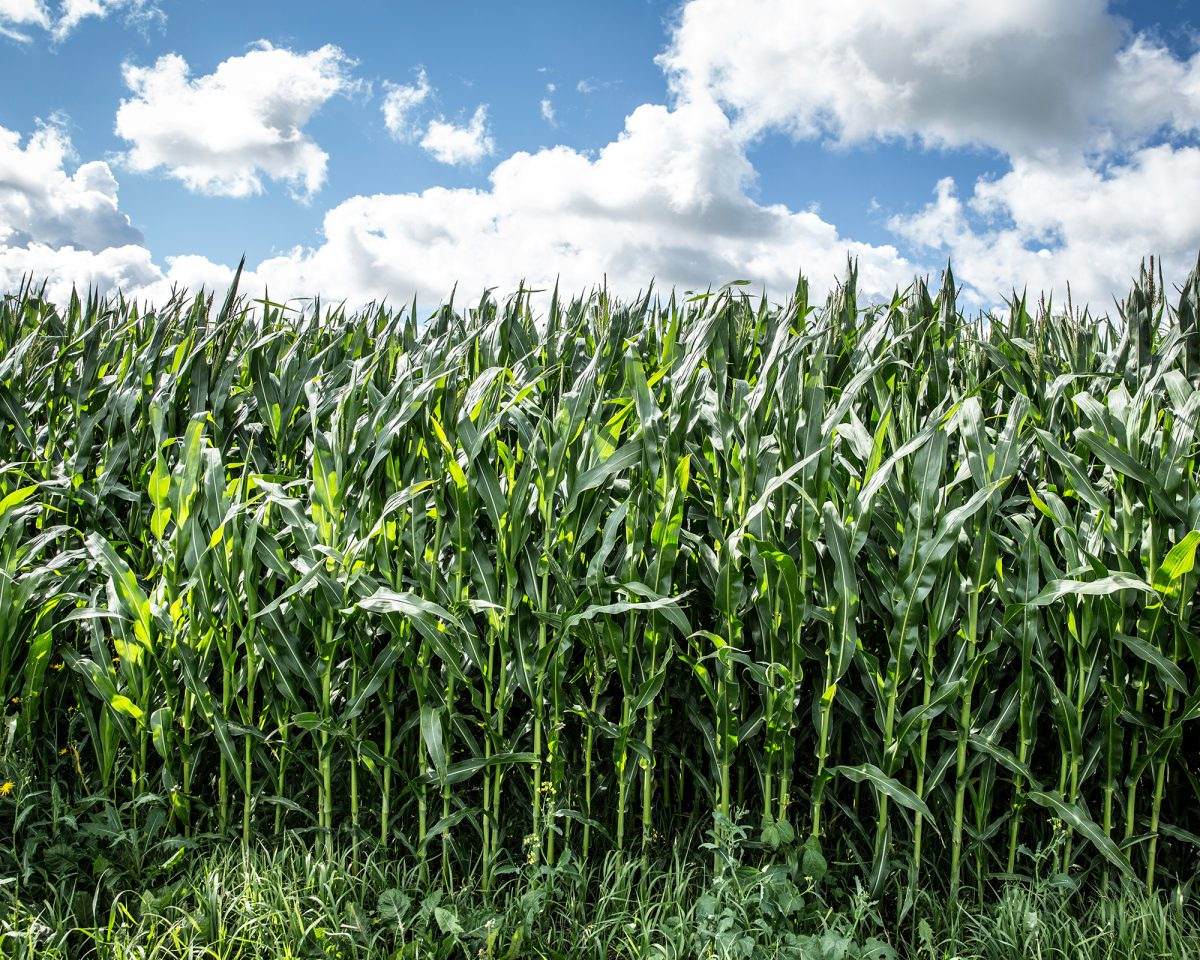
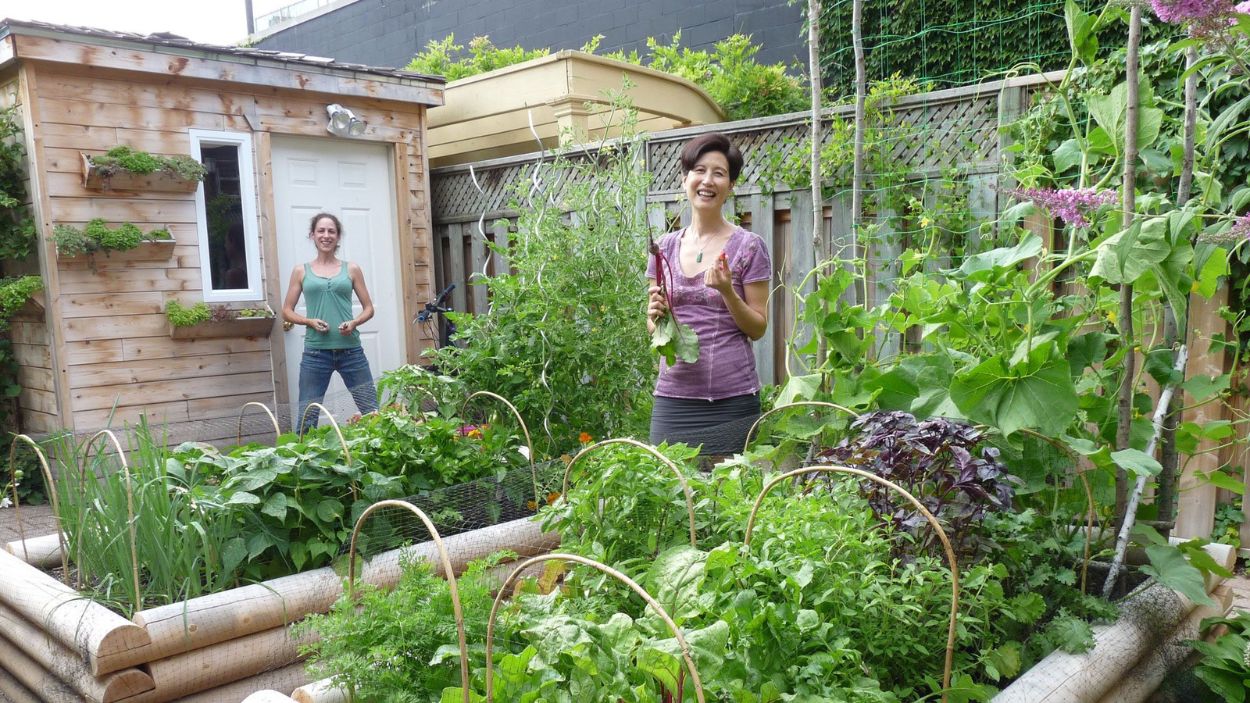


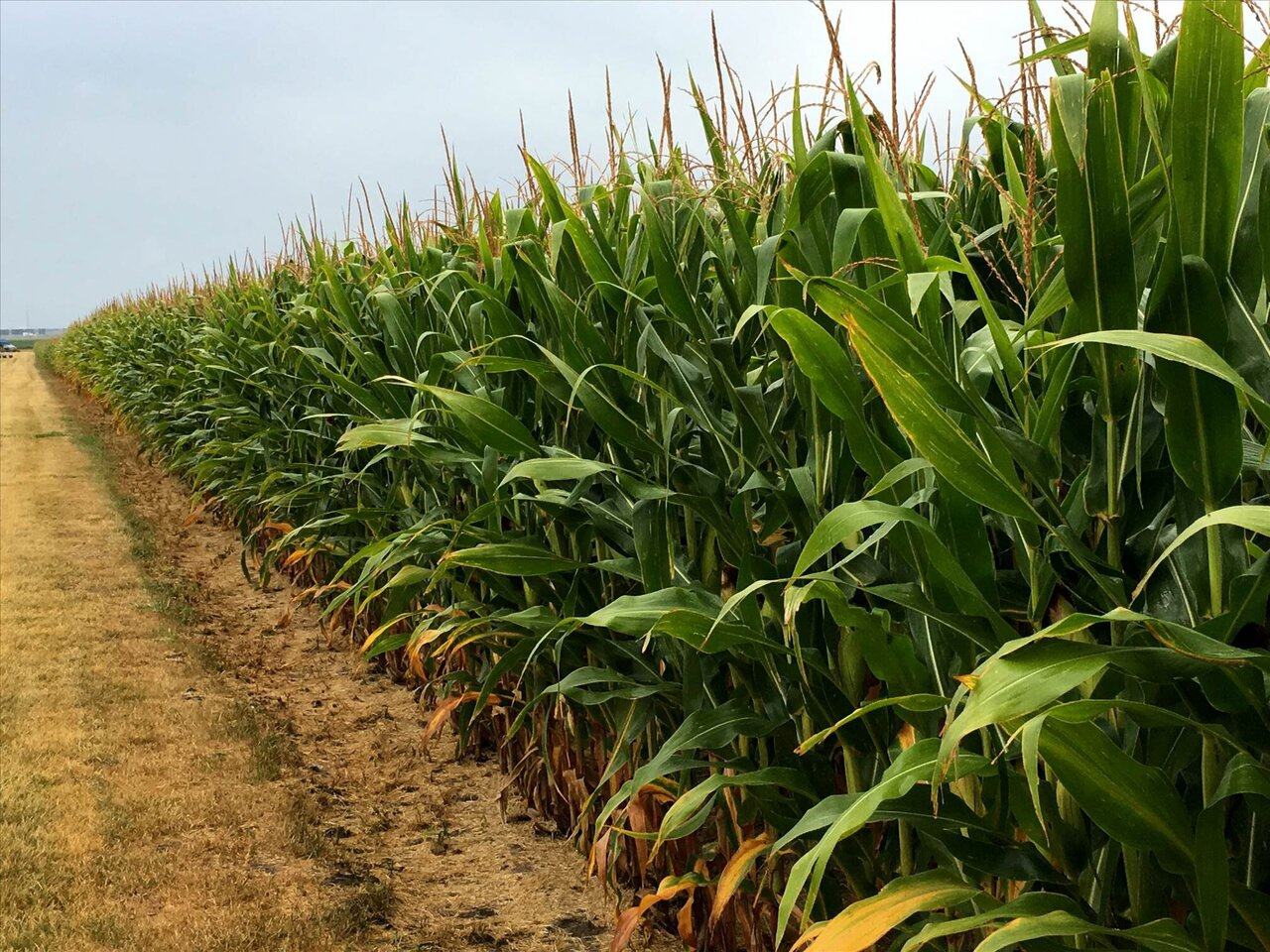
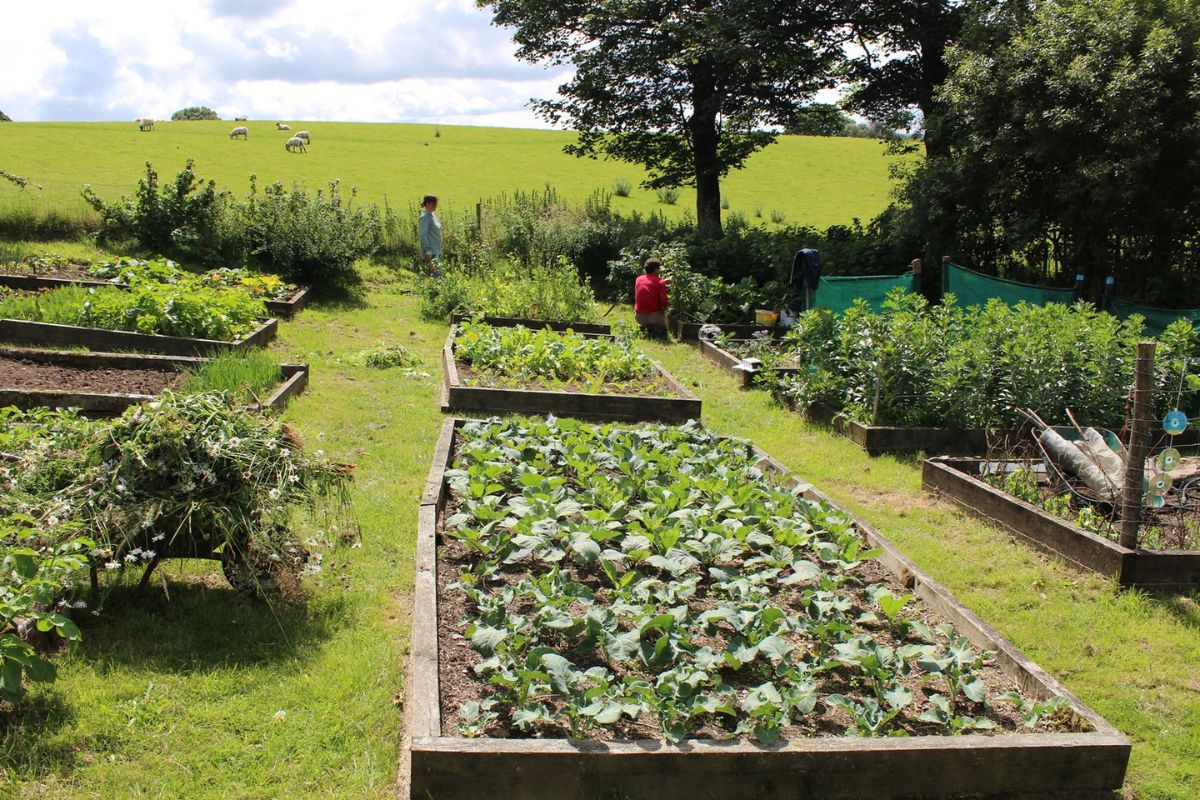
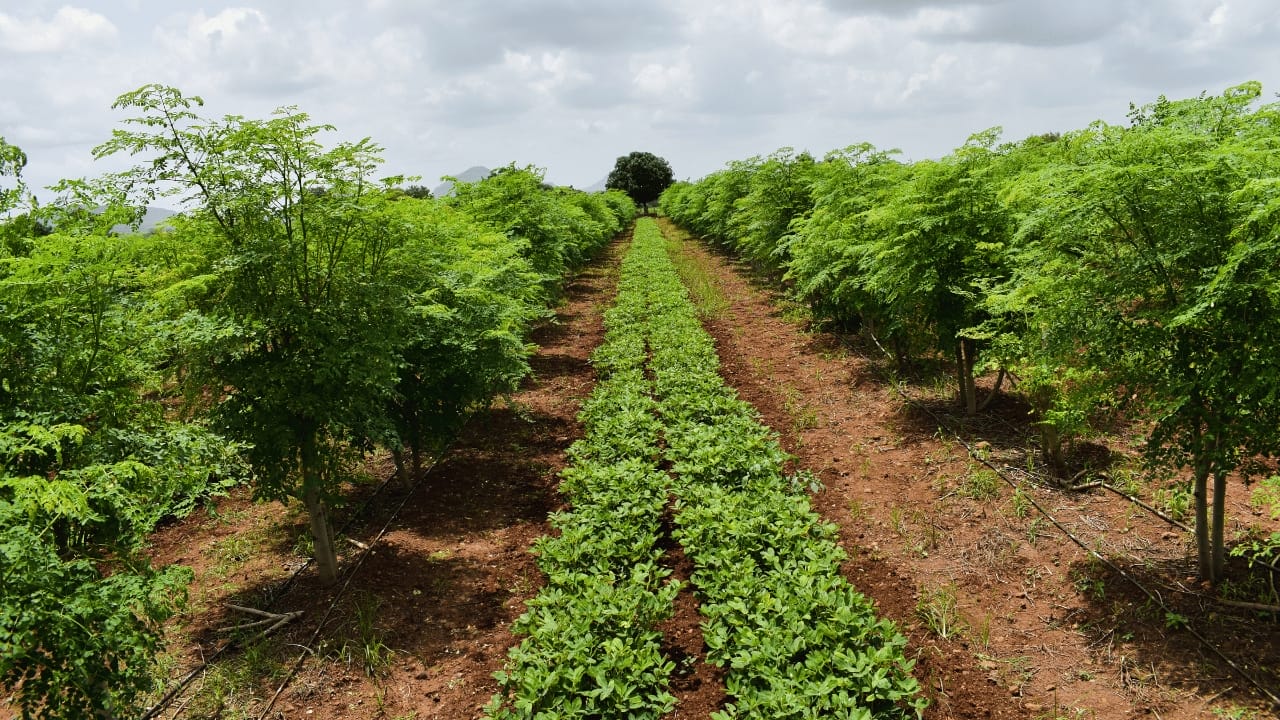
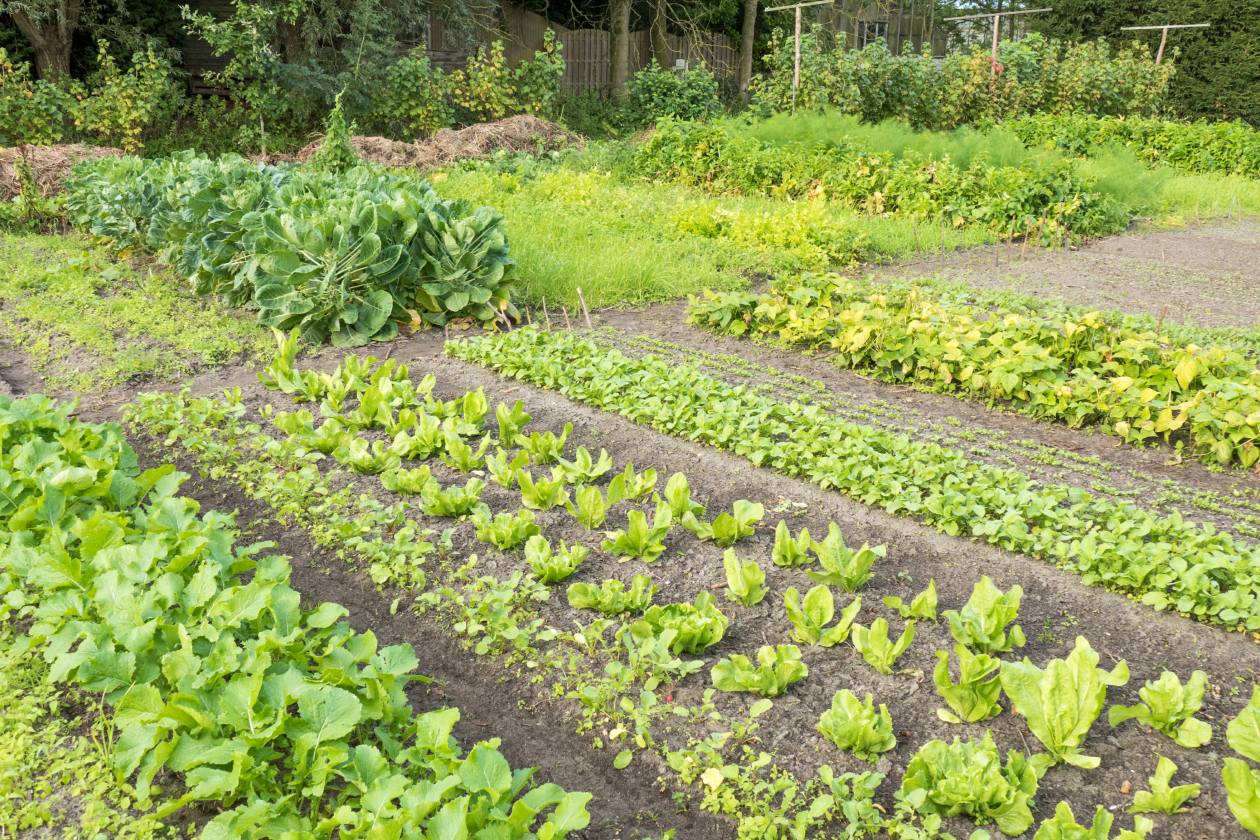
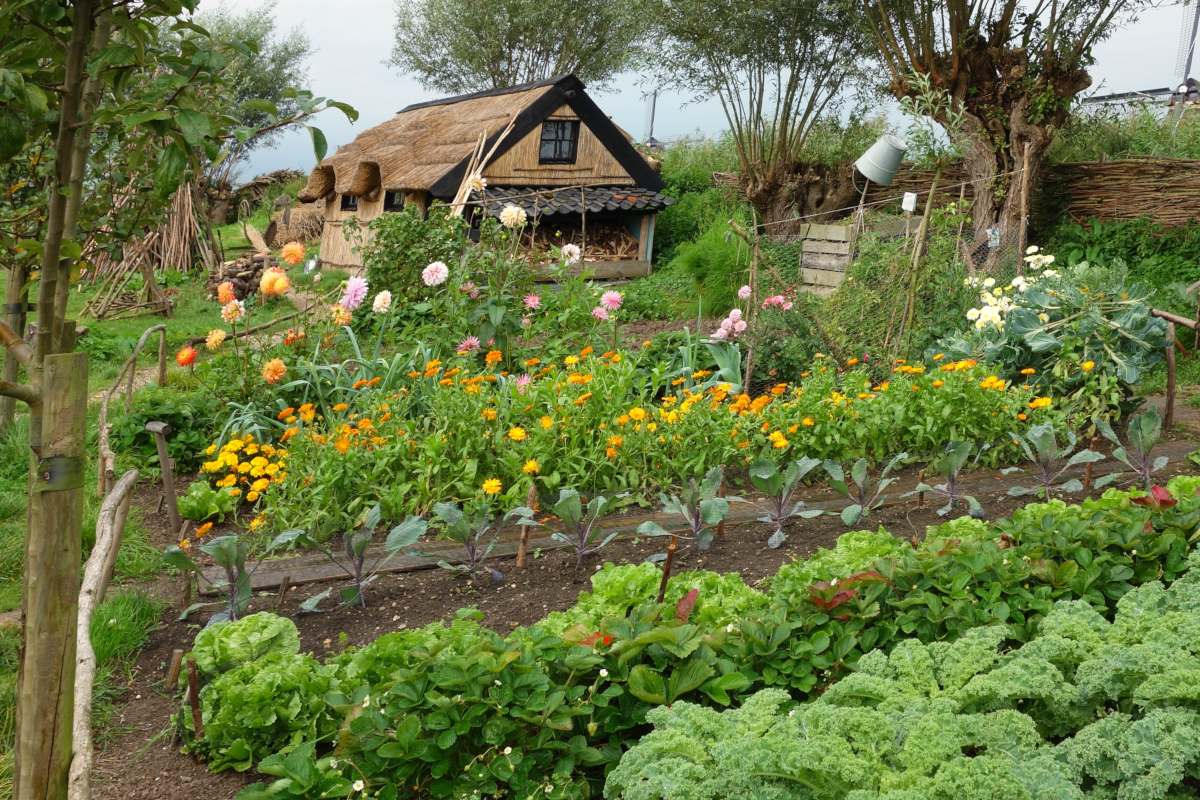
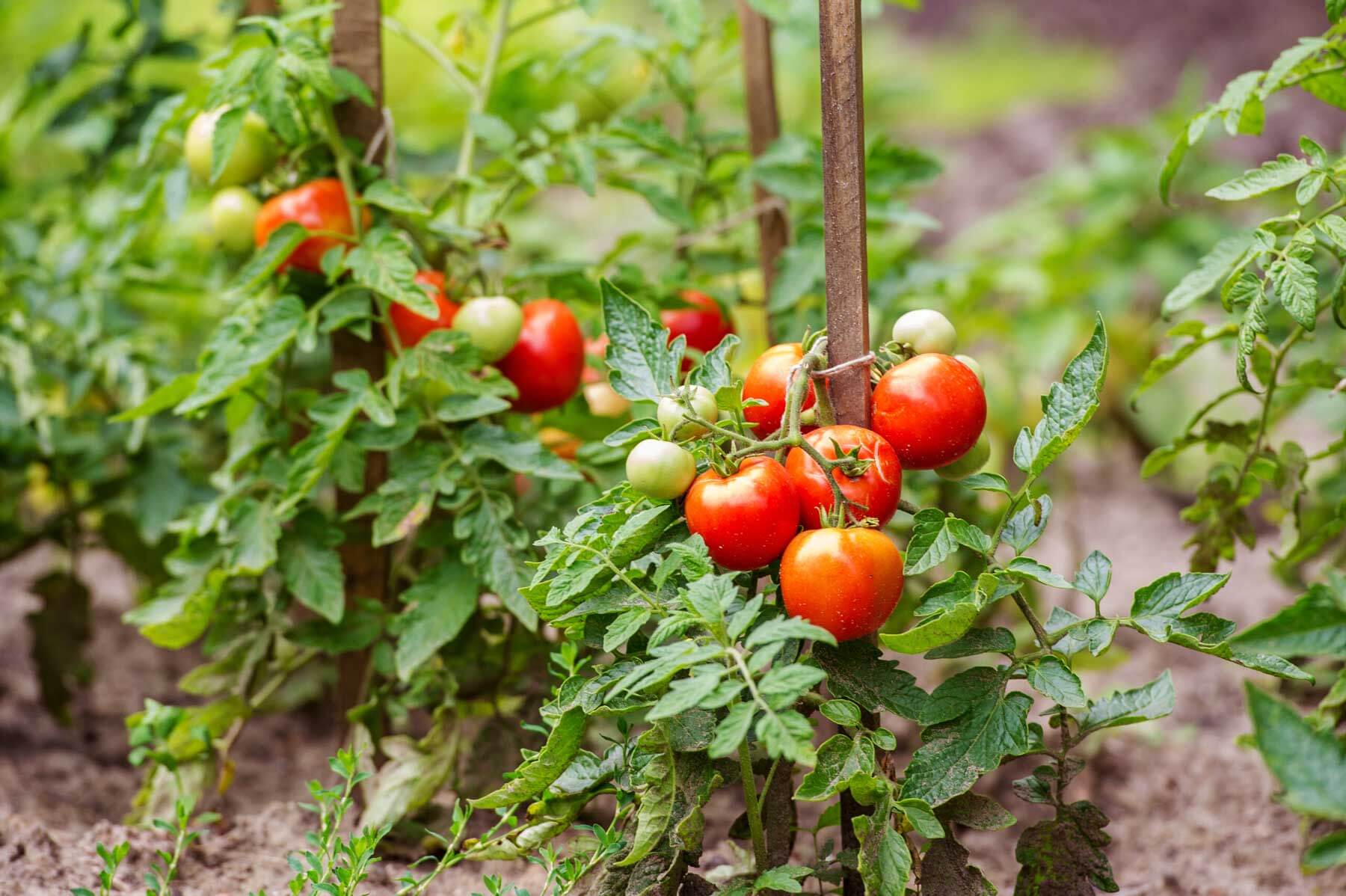
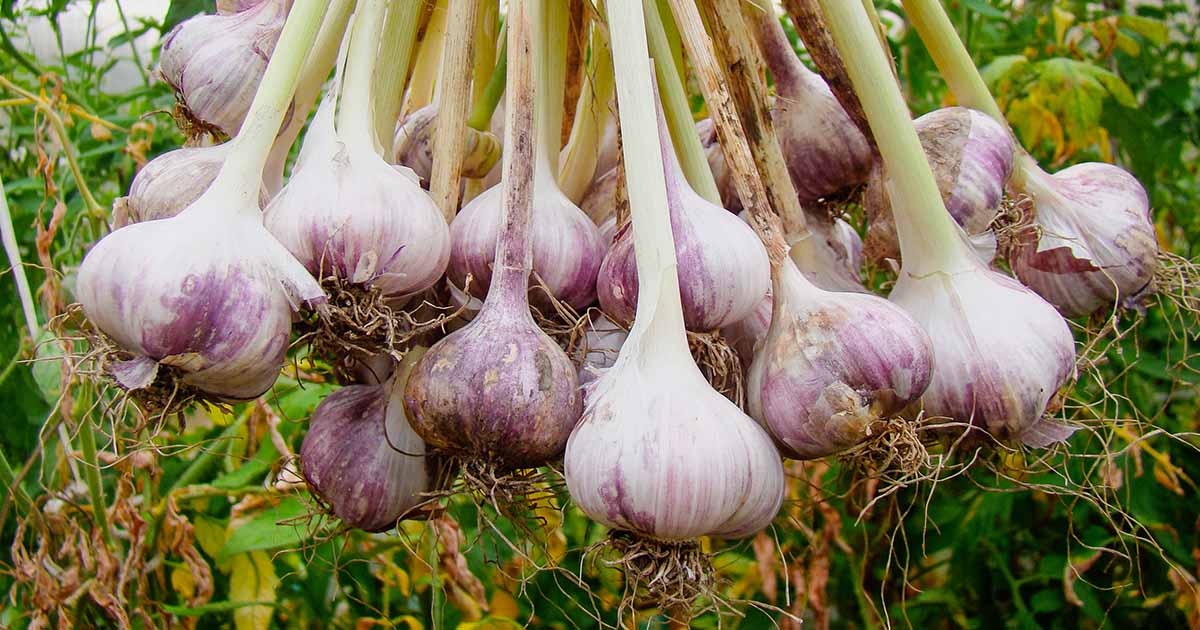
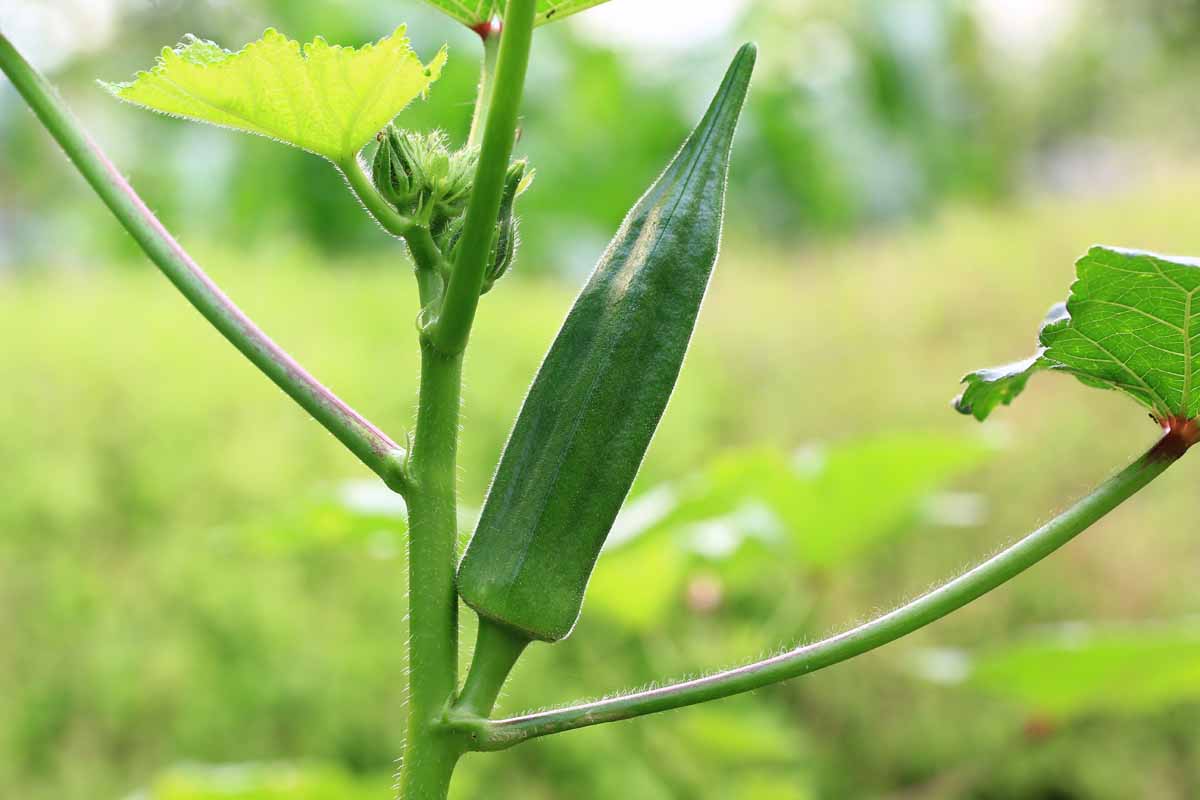


0 thoughts on “What Are The Disadvantages Of Crop Rotation?”